Your cart is currently empty!
Tag: Black Hair
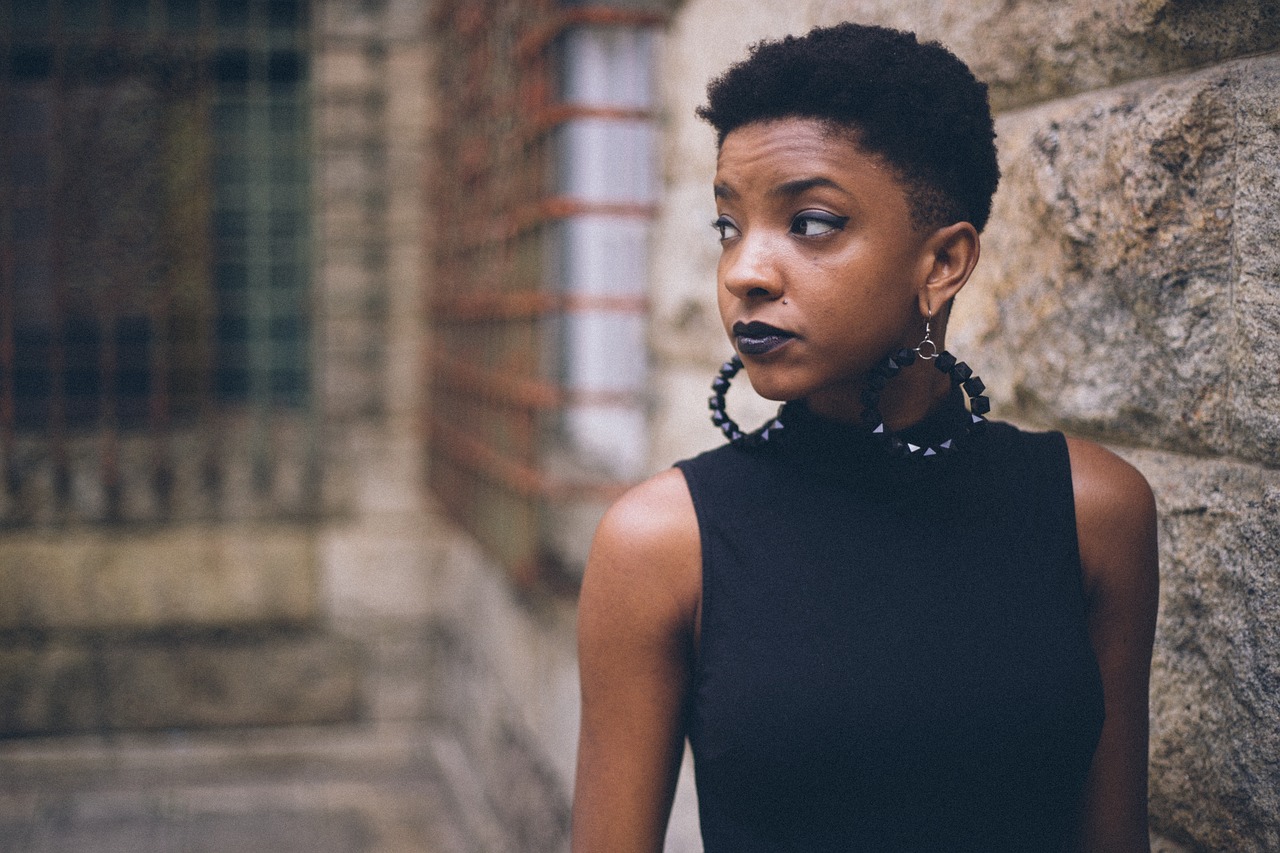
Black Hair: A Symbol of Identity, Empowerment, and Cultural Heritage
Hair plays a crucial role in defining one’s identity and is a powerful means of self-expression. For people of African descent, black hair carries a profound cultural significance that extends far beyond aesthetics. Black hair is more than just a physical feature; it serves as a symbol of identity, pride, and resilience. Throughout history, the unique characteristics of black hair have been an emblem of cultural heritage, empowerment, and a continuous fight for acceptance and understanding.
Historical Significance
Black hair’s cultural significance can be traced back to ancient African civilizations, where hairstyles were used to indicate a person’s social status, tribe, or age. Each hairstyle carried a message, conveying information about one’s lineage, occupation, and even personal beliefs. As African communities were forcibly brought to different parts of the world during the transatlantic slave trade, the maintenance and styling of black hair became intertwined with a struggle for survival and resilience.
The Era of Eurocentric Beauty Standards
With the colonization and enslavement of African peoples, Eurocentric beauty standards dominated societies worldwide, dictating that straight hair was the epitome of beauty. This led to the imposition of societal pressure on people of African descent to conform to these norms, often resulting in the alteration of their natural hair through chemical treatments or the use of wigs and extensions to mimic European hairstyles.
The Natural Hair Movement
In the 1960s and 1970s, a shift began to take place, commonly referred to as the “Black is Beautiful” movement. Black individuals began embracing their natural hair textures, challenging the notion that black hair was inferior or unprofessional. This marked the dawn of the natural hair movement, a powerful resurgence of pride in black hair as a symbol of identity and cultural heritage.
Celebrities, activists, and ordinary people alike embraced their natural curls, dreadlocks, braids, and afros, redefining beauty on their terms. The movement not only revolutionized beauty standards but also served as a catalyst for discussions on racial identity, self-acceptance, and cultural appreciation.
Black Hair as a Political Statement
Black hair continues to be a political statement, especially in spaces where discriminatory hair policies persist. In the past, and even in some cases today, certain workplaces and schools have enforced grooming policies that targeted hairstyles predominantly worn by people of African descent, such as dreadlocks, braids, and afros. These policies perpetuated harmful stereotypes and infringed upon individuals’ freedom to express their cultural identity.
In response, many advocates have pushed for legislation banning hair discrimination, recognizing the right of individuals to wear their hair naturally without fear of repercussions. The movement for hair acceptance has garnered support from lawmakers, celebrities, and activists, highlighting the significance of black hair as a tool for societal change and inclusivity.
Fostering Cultural Connection
Black hair also fosters cultural connection within the African diaspora. Through sharing hairstyling techniques, traditions, and rituals, communities come together to celebrate their heritage. The art of braiding, for instance, has been passed down through generations, strengthening family bonds and cultural ties.
Conclusion
In conclusion, black hair serves as a profound symbol of identity, heritage, and empowerment for people of African descent. Its journey from ancient civilizations to the present day reflects a rich history of resilience, pride, and the pursuit of acceptance. As the world moves towards greater cultural appreciation and inclusivity, it is essential to recognize and celebrate the significance of black hair as an emblem of unity, strength, and individuality. Embracing and understanding the diverse beauty of black hair is not just a matter of aesthetics; it is an affirmation of humanity’s shared cultural heritage.
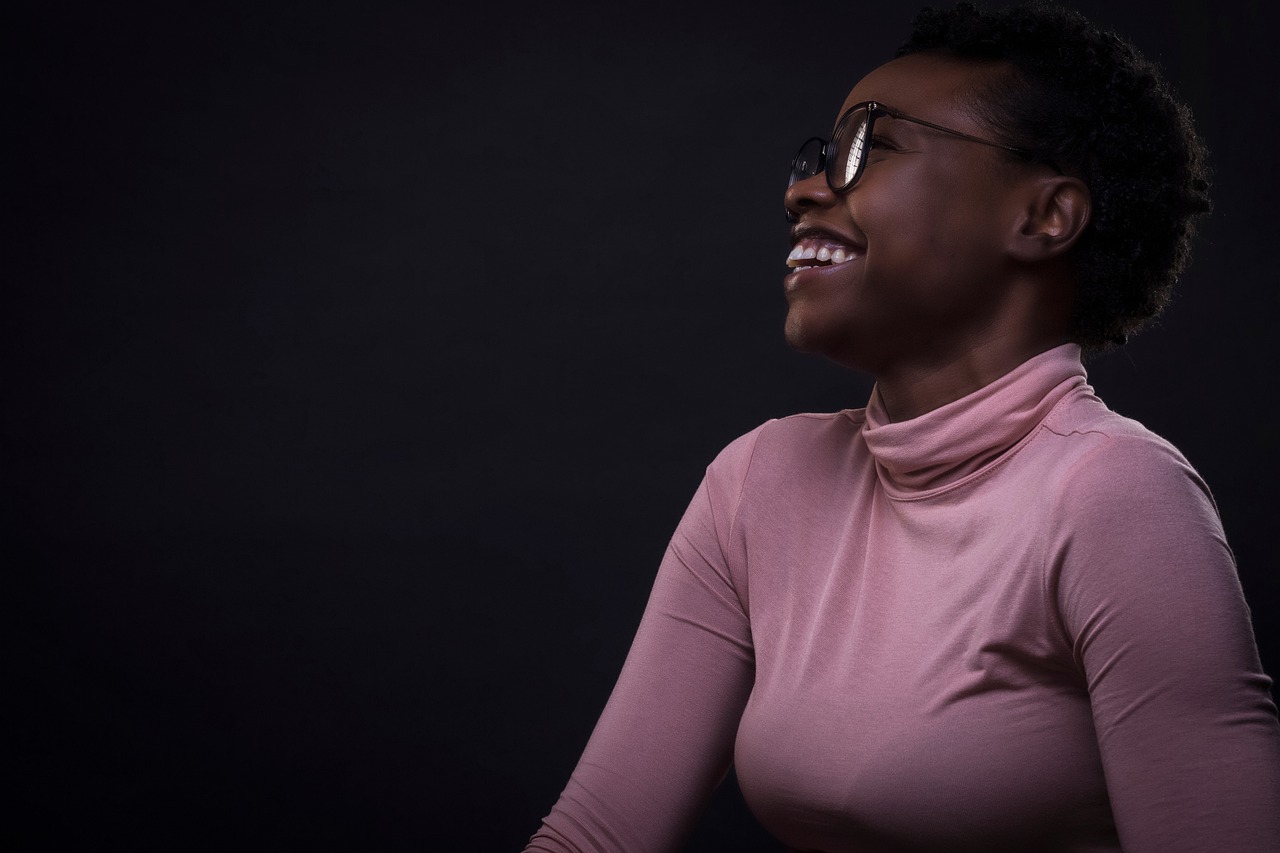
The Historical Roots of Black Hair: A Journey of Identity and Resilience
Black hair is more than just a physical trait; it is a powerful symbol of cultural heritage, identity, and resilience. Throughout history, black hair has held profound significance within African communities, serving as a means of communication, self-expression, and cultural pride. This blog takes a deep dive into the historical roots of black hair, exploring its rich legacy and its enduring impact on black individuals worldwide.
Ancient African Traditions:
In ancient Africa, hair was considered a reflection of one’s identity and social standing. Different hairstyles and hair adornments conveyed a person’s age, marital status, tribe affiliation, and even spiritual beliefs. Intricate braids, twists, and cornrows were not only beautiful but also practical for maintaining hair health and managing diverse textures.
The Influence of the Transatlantic Slave Trade:
The transatlantic slave trade forcibly displaced millions of Africans, severing their connections to their homeland and cultural practices, including hair care and styling traditions. Enslaved individuals were often stripped of their cultural identities and forced to adopt Eurocentric beauty standards, resulting in the suppression of their natural hair textures.
Hair as Resistance and Identity:
Despite the oppressive conditions of slavery, black individuals found ways to preserve their cultural identity through their hair. They covertly maintained traditional hair practices, passing down knowledge from generation to generation. Moreover, some slaves utilized hair as a form of resistance, hiding seeds and escape tools in their hair as they journeyed towards freedom.
The Rise of Black Hair Care and Beauty Culture:
Following emancipation and the abolishment of slavery, there was a reclamation of black identity, including the celebration of natural hair. In the late 19th and early 20th centuries, black entrepreneurs, such as Madame C.J. Walker, pioneered hair care products specifically designed for black hair, laying the foundation for the black hair care industry.
The Black Power Movement and the Afro:
The 1960s saw the rise of the Black Power Movement, a pivotal moment in the history of black hair. The afro hairstyle became a symbol of black pride, defiance against societal norms, and a political statement against racial discrimination. It became a visible expression of the movement’s call for self-empowerment and the celebration of black culture.
Braids, Twists, and Locs as Cultural Heritage:
Braids, twists, and locs are more than just hairstyles; they carry deep cultural significance for black communities worldwide. Passed down through generations, these styles are a testament to the creativity, artistry, and storytelling within black culture. They serve as a means of preserving cultural heritage and celebrating ancestral traditions.
The Natural Hair Movement’s Resurgence:
In recent decades, the Natural Hair Movement has experienced a powerful resurgence. Black individuals are embracing their natural hair textures with pride, rejecting harmful hair practices, and promoting self-acceptance. Social media and online communities have played a vital role in sharing hair care knowledge, encouraging inclusivity, and breaking down beauty stereotypes.
Conclusion:
The historical roots of black hair reflect a profound journey of identity, resilience, and cultural heritage. From ancient African traditions to the struggles of the transatlantic slave trade and the modern resurgence of the Natural Hair Movement, black hair has always been a symbol of pride, defiance, and unity within black communities worldwide. As we celebrate the rich history and significance of black hair, let us continue to foster inclusivity, embrace diversity, and promote self-love, ensuring that every individual can confidently express their authentic selves and celebrate the beauty of their natural hair.
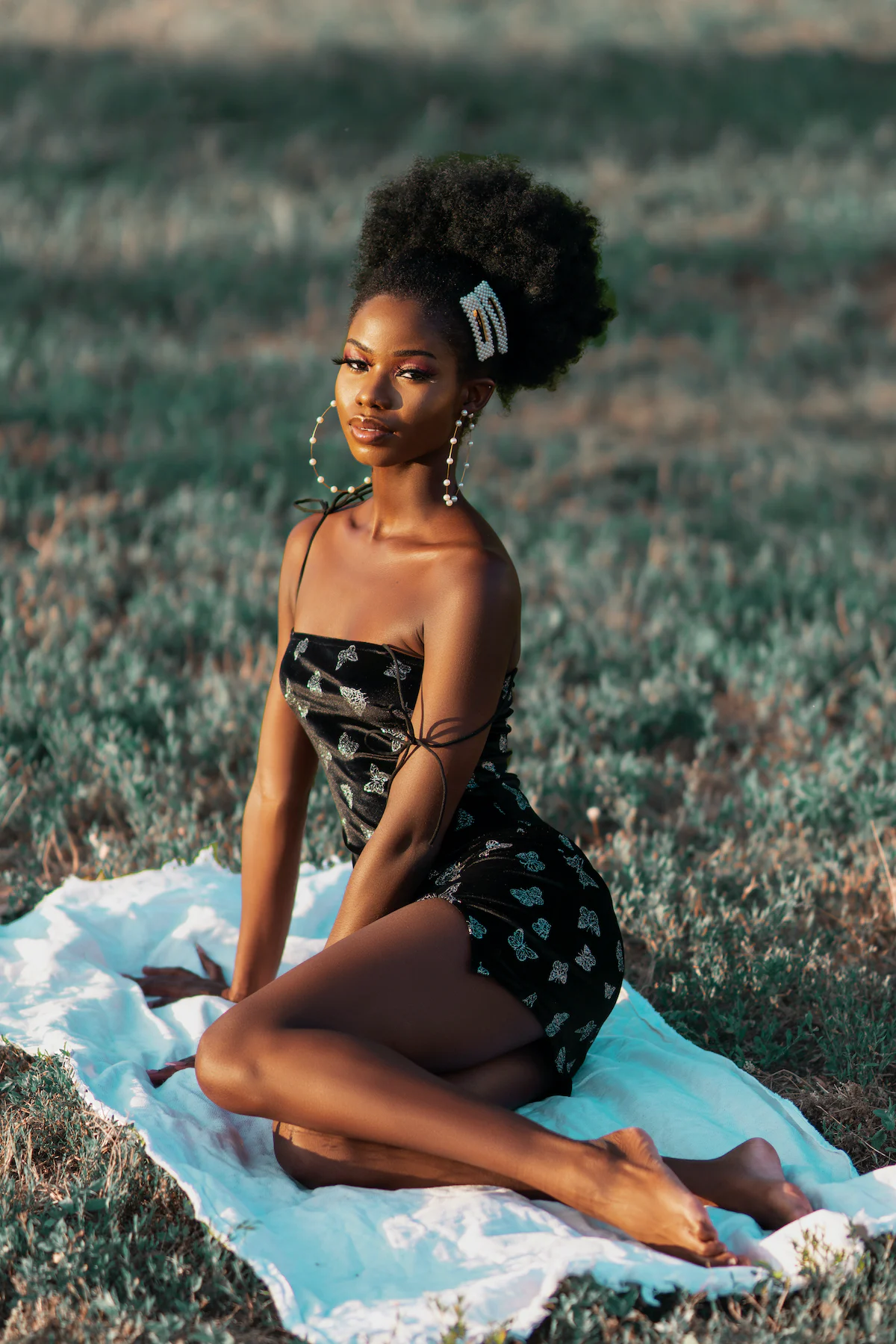
The Natural Hair Movement: Embracing Authenticity and Empowering Identity
The Natural Hair Movement is a powerful and transformative cultural shift that has taken the world by storm. Rooted in the celebration of black hair’s natural textures and styles, this movement has empowered individuals to embrace their authentic selves, challenge beauty standards, and promote inclusivity. This article delves into the origins, key milestones, and the impact of the Natural Hair Movement, highlighting its significance in fostering self-love and unity.
Origins and Historical Context:
The Natural Hair Movement finds its roots in the civil rights era of the 1960s when black individuals began rejecting Eurocentric beauty norms and advocating for self-acceptance. During this period, the Black Power Movement encouraged a sense of cultural pride and encouraged black men and women to embrace their natural hair as a political and social statement against oppression and assimilation.
The Emergence of the Modern Natural Hair Movement:
In the late 1990s and early 2000s, the Natural Hair Movement experienced a resurgence as black men and women sought to reconnect with their heritage and challenge the longstanding stigma surrounding natural hair. Social media platforms, such as YouTube and Facebook, provided a stage for influencers and bloggers to share their hair journeys, tips, and personal stories, sparking a global wave of acceptance and inspiration.
The Power of Representation:
A pivotal moment for the Natural Hair Movement came with the rise of representation in mainstream media and entertainment. Black celebrities, models, and actresses began wearing their natural hair on red carpets and magazine covers, inspiring countless individuals to do the same. This visibility shattered conventional beauty standards and ushered in a new era of embracing natural beauty.
Challenging Harmful Hair Practices:
For decades, black hair had been subjected to damaging hair treatments, such as chemical relaxers, straightening, and weaves, in an attempt to conform to Eurocentric ideals. The Natural Hair Movement sought to break free from these practices, promoting healthier alternatives and nurturing hair care regimens.
Empowerment and Self-Expression:
The Natural Hair Movement encouraged black men and women to embrace their hair in its natural state, fostering a sense of empowerment and pride. By rejecting societal pressures to conform, individuals found freedom in expressing their true selves, leading to improved self-confidence and a stronger sense of identity.
Economic Impact and Industry Growth:
As the Natural Hair Movement gained momentum, the demand for products catering to black hair’s unique needs skyrocketed. The beauty industry responded with an influx of natural hair care products, including shampoos, conditioners, oils, and stylers, tailored to cater to diverse hair textures.
Inclusivity and Unity:
The Natural Hair Movement transcended borders and brought people from various backgrounds together. It encouraged cross-cultural understanding and appreciation, fostering a sense of unity among black individuals worldwide. The movement also inspired allies to advocate for inclusivity and diversity in beauty and fashion.
Challenges and Pushing Forward:
While the Natural Hair Movement has achieved significant milestones, challenges persist. Cultural appropriation and discrimination against natural hair continue in various parts of the world. The movement calls for ongoing education and advocacy to challenge these biases and create lasting change.
Conclusion:
The Natural Hair Movement stands as a symbol of resilience, pride, and empowerment. From its historical roots in the civil rights era to its modern-day influence on representation and self-expression, this movement has reshaped beauty norms and fostered inclusivity. By embracing and celebrating natural hair textures, the Natural Hair Movement has inspired a generation to love and appreciate their unique identities. As the movement pushes forward, it continues to pave the way for a more diverse and inclusive world, where every individual can confidently embrace their authentic selves and celebrate the beauty of their natural hair.
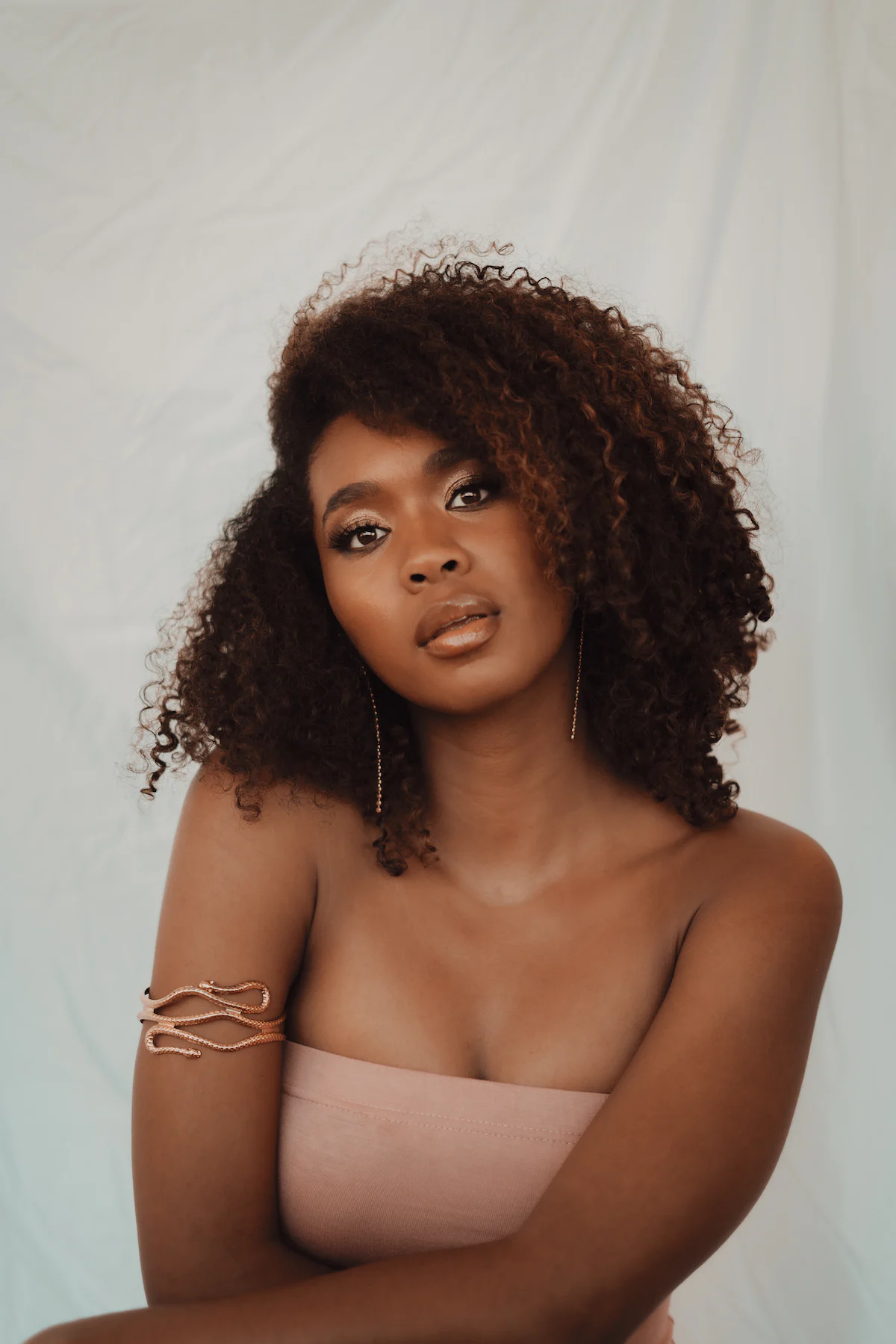
The Unmatched Versatility of Black Hair: A Celebration of Culture and Creativity
Black hair is an incredible testament to the diversity and creativity that exists within various cultures worldwide. With its range of textures, patterns, and styles, black hair stands as a symbol of identity and pride for millions of individuals. This article explores the unparalleled versatility of black hair, showcasing how it fosters a sense of unity while inspiring artistic expression and innovation.
A Rich Tapestry of Textures:
One of the most remarkable aspects of black hair is the vast array of textures it encompasses. From tightly coiled to wavy, curly to kinky, each texture has its unique beauty and charm. This diversity allows individuals to experiment with a multitude of hairstyles and create looks that are as varied as the cultures from which they originate.
Natural Afros: Embracing the Beauty Within
The afro, a celebrated icon of black hair, is a powerful representation of embracing one’s natural hair texture. The afro has seen various iterations over the decades, evolving from a symbol of rebellion and empowerment during the civil rights movement to a timeless style that exudes confidence and elegance.
Braids and Twists: A Testament to Creativity
Braids and twists hold deep cultural significance across many black communities. These intricate styles not only showcase creativity but also serve as a form of art and storytelling. From cornrows to box braids, Senegalese twists to Ghana braids, each style has its unique heritage and symbolism, often passed down through generations.
Protective Styles: Preserving Hair Health
Protective hairstyles, such as buns, updos, and wigs, are essential for maintaining hair health and reducing manipulation and stress on the hair. These styles provide an opportunity for individuals to explore different looks while ensuring their natural hair remains protected and can grow without interference.
Locs: A Spiritual Connection
Locs, short for dreadlocks, carry spiritual and cultural significance for many black individuals. They represent a connection to one’s roots, a journey of self-discovery, and an outward expression of inner spirituality. Locs also offer versatility, as they can be styled in various ways, reflecting the individual’s personality and creativity.
Weaves and Extensions: The Art of Transformation
Weaves and hair extensions have become popular choices for those seeking to experiment with length, volume, and various hair textures. These additions provide a canvas for endless possibilities, from glamorous red carpet looks to casual, everyday styles.
Curls and Coils: Embracing Natural Patterns
For those with curly or coily hair, embracing the natural pattern is a liberating experience. Curls exude a playful and carefree vibe, while coily hair showcases strength and resilience. Learning to care for and style these textures unlocks a world of creativity and versatility.
Celebrity Influence and Redefining Beauty Standards:
The influence of black celebrities and influencers in the entertainment and fashion industries has played a significant role in reshaping beauty standards and promoting the versatility of black hair. By confidently wearing their natural hair on red carpets and magazine covers, they inspire millions to embrace their own unique textures and styles.
Conclusion:
The versatility of black hair is a beautiful reflection of the cultural richness and creativity found within diverse communities. From natural afros and intricate braids to elegant locs and creative weaves, black hair represents a journey of self-discovery, identity, and empowerment. As we continue to celebrate and embrace the versatility of black hair, we acknowledge the importance of promoting inclusivity, diversity, and self-love. The world of black hair is boundless, and as individuals continue to express themselves through their tresses, they enrich the global tapestry of beauty, art, and cultural heritage.
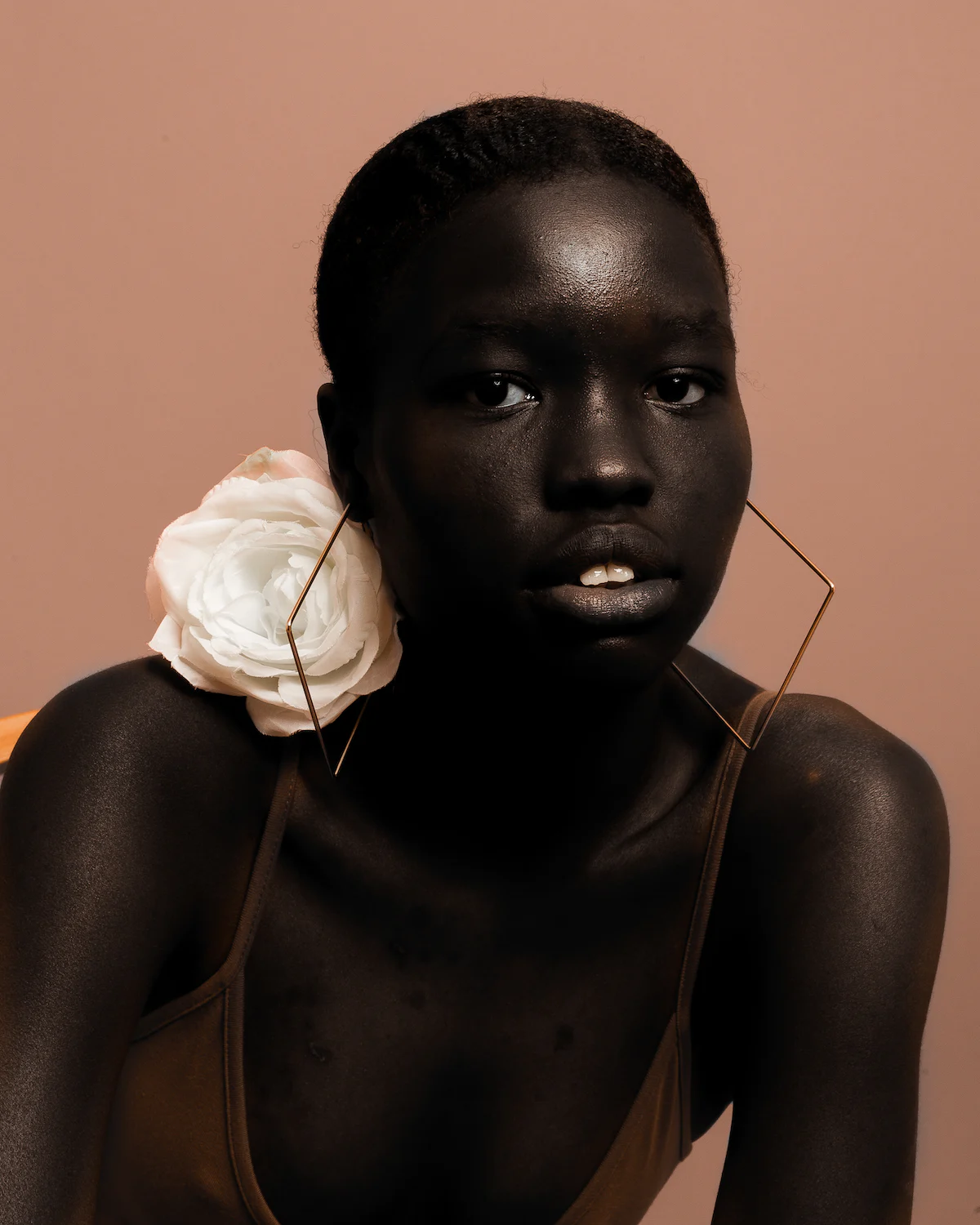
Breaking Barriers and Celebrating Diversity: Black Hair in the Media and Fashion Industry
The representation of black hair in the media and fashion industry has undergone significant transformations over the years. From a history of underrepresentation and Eurocentric beauty standards, the modern era has seen a powerful surge in celebrating the diversity and beauty of black hair. This article explores the journey of black hair in the media and fashion world, highlighting the positive changes, challenges, and the individuals making a difference in promoting inclusivity.
The Struggle for Representation:
For decades, black hair faced limited visibility in mainstream media and fashion. Eurocentric beauty ideals dominated, leaving little room for the celebration of diverse black hairstyles. This lack of representation perpetuated harmful stereotypes and negatively impacted the self-esteem of individuals with natural black hair, leading many to feel the need to conform to societal norms.
The Natural Hair Movement’s Influence:
The turn of the 21st century marked a significant shift in the portrayal of black hair. The natural hair movement, which gained momentum in the 2000s, encouraged individuals to embrace their natural hair textures and styles proudly. Social media played a pivotal role in the movement, allowing black men and women to share their hair journeys and inspire others to do the same. As the movement gained popularity, it demanded greater representation and inclusivity in the media and fashion industry.
Breaking Barriers in the Media:
In recent years, there has been a notable increase in the representation of black hair in various forms of media. Television shows, commercials, and movies have started featuring diverse black hairstyles, helping to dismantle stereotypes and promote acceptance. Black actors, actresses, and public figures have also used their platforms to advocate for more authentic portrayals of black hair on screen, pushing for greater diversity and inclusivity in storytelling.
Empowering Black Voices in Fashion:
The fashion industry, too, has experienced a transformation in acknowledging and celebrating black hair. Runway shows and fashion campaigns now feature a more diverse range of models with different hair textures and styles. High-profile fashion designers have embraced black hair’s versatility, incorporating traditional and contemporary hairstyles into their collections, defying long-standing beauty norms.
Impactful Black Hair Influencers:
Social media platforms have proven to be instrumental in reshaping perceptions of black hair. Black hair influencers and content creators have amassed massive followings, showcasing various hairstyles, providing hair care tips, and promoting self-love. Their powerful influence has led to increased visibility and recognition of black hair’s beauty and significance, inspiring a generation to embrace their natural hair with confidence.
Challenges and the Road Ahead:
Despite progress, challenges remain in ensuring sustained representation and inclusivity for black hair in the media and fashion industry. Instances of cultural appropriation persist, where black hairstyles are appropriated and commercialized without giving credit to their origins. To foster genuine inclusivity, there is a need for continued education and sensitivity to cultural backgrounds, while empowering black creatives and professionals to have a seat at decision-making tables.
Conclusion:
The journey of black hair in the media and fashion industry has been one of resilience, empowerment, and transformation. From a history of underrepresentation to a powerful movement celebrating its diversity, black hair has rightfully taken its place on screen and runways worldwide. The continued efforts of influencers, advocates, and conscious consumers have contributed to reshaping beauty standards and promoting inclusivity in the industry. As we move forward, it is crucial to maintain this momentum, celebrating the richness of black hair and ensuring that it remains a symbol of pride, identity, and empowerment for generations to come.
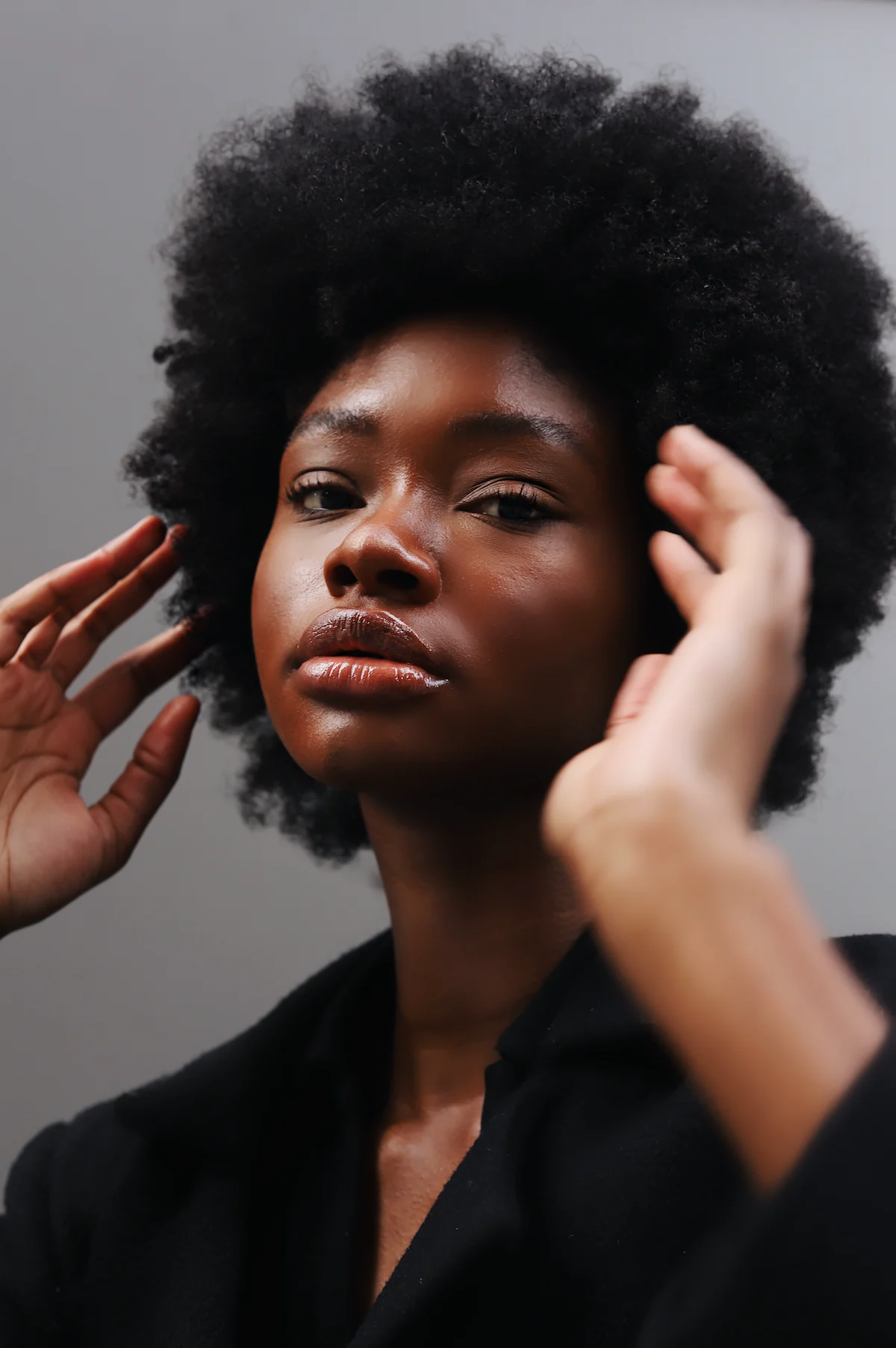
Celebrating the Beauty and Diversity of Black Hair
Black hair is a unique and beautiful aspect of cultural diversity that holds immense significance in communities worldwide. From its rich history to its various textures and styles, black hair is a symbol of identity, pride, and resilience. This article delves into the cultural significance, history, and evolution of black hair, highlighting its importance in shaping individual and collective identities.
The Historical Roots of Black Hair:
Throughout history, black hair has been a powerful representation of identity and culture. In Africa, hair has held various meanings, signifying age, social status, marital status, and even tribe affiliation. Traditional African hairstyles often conveyed a person’s role in the community and could be intricately styled to showcase creativity and artistry.
The Impact of the Transatlantic Slave Trade:
The transatlantic slave trade forcibly displaced millions of Africans, and along with them, their cultural practices, including hair care and styling techniques. Enslaved individuals were often stripped of their cultural heritage, and many were forced to conform to European beauty standards, leading to the suppression of their natural hair textures and the use of harmful hair treatments.
The Natural Hair Movement:
The mid-to-late 20th century saw a resurgence in embracing natural black hair as a form of empowerment and a reclaiming of cultural heritage. The natural hair movement emerged as a powerful statement against Eurocentric beauty ideals, encouraging black individuals to embrace and celebrate their natural hair textures. This movement fostered a sense of unity and pride, inspiring people to embrace their authentic selves and reject societal pressures.
The Versatility of Black Hair:
Black hair is incredibly versatile, with a wide range of textures, lengths, and styling possibilities. From afros and braids to locs and cornrows, each style carries a unique cultural significance and reflects individual expression. The versatility of black hair allows for creativity and self-expression, making it an integral part of the overall fashion and beauty landscape.
Hair Care and Maintenance:
Caring for black hair requires understanding and tailored approaches due to its unique needs. Regular moisturizing, protective styling, and gentle handling are essential to maintaining healthy and vibrant hair. As the natural hair movement gained momentum, an array of hair care products specifically designed for black hair emerged, making it easier for individuals to embrace and maintain their natural textures.
Black Hair in the Media and Fashion Industry:
The representation of black hair in media and the fashion industry has evolved over the years. While there is still progress to be made, there have been notable advancements in the visibility of diverse black hairstyles on runways, magazines, and television. Black celebrities and influencers have also played a significant role in showcasing the beauty and versatility of black hair, challenging conventional beauty norms and advocating for more inclusive representations.
Conclusion:
Black hair represents a vibrant tapestry of culture, history, and self-expression. From its roots in ancient African traditions to its powerful resurgence in the modern era, black hair continues to be a source of pride and empowerment. The celebration and acceptance of black hair in all its forms contribute to a more inclusive and diverse society where every individual can embrace their authentic selves without fear or judgment. As we continue to recognize and cherish the beauty of black hair, let us honor its significance in shaping identities and promoting unity among diverse communities.